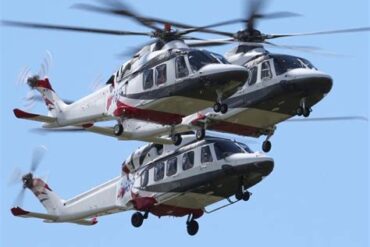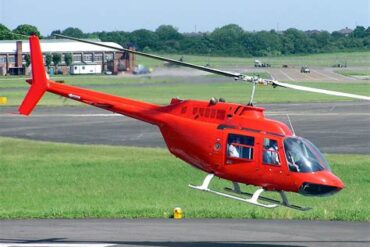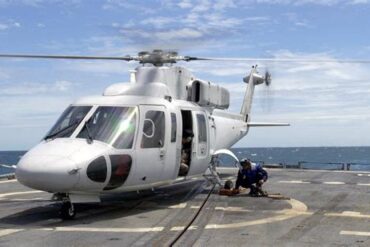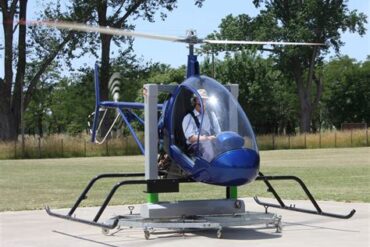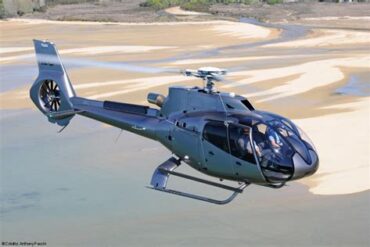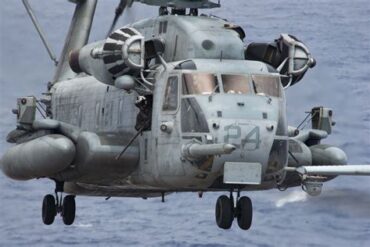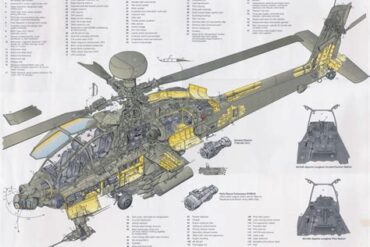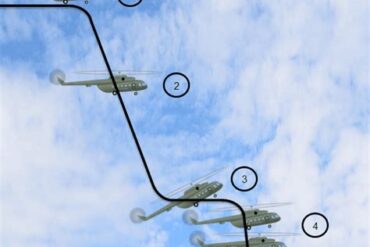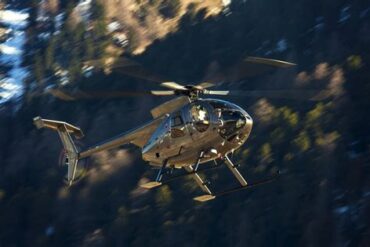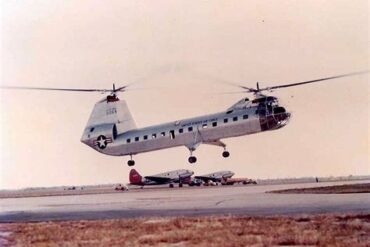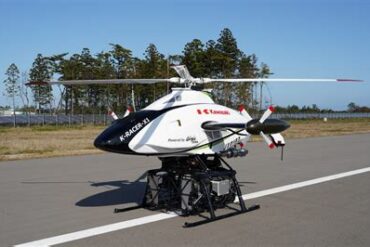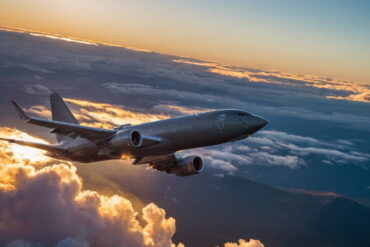Boeing is synonymous with innovation and excellence in the aviation industry, and its contributions to helicopter technology are no exception. Boeing’s helicopter division has produced some of the most advanced and reliable rotorcraft in the world, catering to both military and civilian needs. This guide provides an in-depth exploration of Boeing helicopters, covering their history, design, capabilities, and the various models that have become iconic in the aviation world.
Historical Evolution of Boeing Helicopters
Early Beginnings and Acquisition of Vertol Aircraft Corporation
Boeing’s entry into the helicopter market can be traced back to its acquisition of the Vertol Aircraft Corporation in 1960. Vertol was already a pioneering force in helicopter technology, known for its tandem rotor designs, which later became a hallmark of Boeing helicopters. The acquisition allowed Boeing to expand its expertise from fixed-wing aircraft to rotary-wing aircraft, setting the stage for the development of some of the most influential helicopters in history.
Development During the Cold War
During the Cold War, the demand for advanced military helicopters surged, and Boeing responded with innovations that redefined rotary-wing aviation. The introduction of the CH-47 Chinook, with its dual rotors and heavy-lift capabilities, exemplified Boeing’s commitment to meeting the rigorous demands of military operations. The Chinook quickly became a workhorse for the U.S. military and its allies, used for troop transportation, artillery placement, and battlefield supply missions.
Boeing’s Helicopter Models: A Comprehensive Overview
CH-47 Chinook: The Heavy-Lift Powerhouse
The CH-47 Chinook is arguably the most recognized Boeing helicopter, known for its distinctive tandem rotors. Designed initially for military purposes, the Chinook has been adapted for various roles, including cargo transport, medical evacuation, and disaster relief operations. With a maximum speed of 170 knots and a range of 400 nautical miles, the Chinook’s versatility and reliability have made it a staple in global military fleets. Its ability to carry up to 24,000 pounds of cargo is unmatched, making it an essential asset in heavy-lift missions.
AH-64 Apache: The Attack Helicopter
The AH-64 Apache is another Boeing masterpiece, designed primarily as an attack helicopter. Introduced in the 1980s, the Apache has become the backbone of many countries’ attack helicopter fleets, including the United States Army. It is equipped with advanced avionics, including the Longbow radar, which allows it to detect and engage multiple targets simultaneously. The Apache’s armament includes Hellfire missiles, Hydra 70 rocket pods, and a 30mm M230 chain gun, making it a formidable force on the battlefield.
MH-139 Grey Wolf: The Newest Addition
The MH-139 Grey Wolf is one of Boeing’s latest innovations, designed to replace the aging UH-1N Huey fleet. The Grey Wolf offers enhanced capabilities in speed, range, and survivability. It is equipped with modern avionics and is capable of performing a wide range of missions, including personnel recovery, security forces support, and intercontinental ballistic missile protection. The Grey Wolf represents the latest in Boeing’s ongoing commitment to advancing helicopter technology.
Advanced Technologies in Boeing Helicopters
Composite Materials and Aerodynamics
Boeing helicopters are designed using advanced composite materials that offer significant advantages in terms of weight reduction and durability. These materials not only contribute to the overall performance of the aircraft but also enhance its survivability in combat situations. Boeing’s commitment to research and development in aerodynamics has also led to more efficient rotor designs, which improve fuel efficiency and reduce operational costs.
Avionics and Weaponry
Boeing helicopters are equipped with cutting-edge avionics systems that provide superior situational awareness and operational effectiveness. The integration of advanced radar, navigation, and communication systems ensures that Boeing helicopters can perform in the most challenging environments. In terms of weaponry, Boeing has developed modular systems that allow for rapid reconfiguration of the helicopter’s armament, ensuring that it can be tailored to specific mission requirements.
Sustainability Initiatives
In recent years, Boeing has focused on sustainability in helicopter production and operation. This includes the development of more fuel-efficient engines, the use of environmentally friendly materials, and the implementation of recycling programs for helicopter components. These initiatives are part of Boeing’s broader commitment to reducing the environmental impact of its aircraft.
Military vs. Civilian Applications
Military Applications
Boeing helicopters have been predominantly designed for military use, with models like the Chinook and Apache becoming integral to modern warfare. These helicopters are utilized for a wide range of missions, including troop transport, reconnaissance, close air support, and search and rescue. The military versions of Boeing helicopters are equipped with advanced defensive systems, such as missile warning sensors and electronic countermeasures, to ensure survivability in hostile environments.
Civilian Applications
While Boeing’s focus has historically been on military helicopters, several models have been adapted for civilian use. The Chinook, for example, is used in civilian sectors for heavy-lift operations, such as logging, firefighting, and construction. Boeing helicopters are also employed in search and rescue operations, where their speed, range, and lift capabilities are invaluable. The versatility of Boeing helicopters makes them suitable for a wide range of civilian applications, particularly in challenging environments.
Global Impact and Legacy of Boeing Helicopters
International Presence and Alliances
Boeing helicopters have a significant international presence, with many countries relying on them for both military and civilian operations. The company has established partnerships and joint ventures with several international aerospace companies to expand its global footprint. For instance, Boeing’s collaboration with AgustaWestland (now Leonardo) led to the development of the AW609 Tiltrotor, which combines the vertical lift capability of a helicopter with the speed and range of a fixed-wing aircraft.
Legacy and Future Prospects
The legacy of Boeing helicopters is one of innovation, reliability, and excellence. As the company continues to invest in research and development, the future prospects for Boeing helicopters look promising. Emerging technologies, such as autonomous flight systems and hybrid-electric propulsion, are likely to shape the next generation of Boeing helicopters. These advancements will not only enhance the capabilities of Boeing helicopters but also ensure their continued relevance in an evolving aerospace industry.
Conclusion
Boeing has been at the forefront of helicopter innovation for decades, producing some of the most iconic and capable rotorcraft in the world. From the heavy-lift CH-47 Chinook to the attack-oriented AH-64 Apache, Boeing helicopters have set the standard for performance and reliability. As the company continues to push the boundaries of technology, the future of Boeing helicopters looks brighter than ever, promising new advancements that will redefine the possibilities of rotary-wing aviation.


